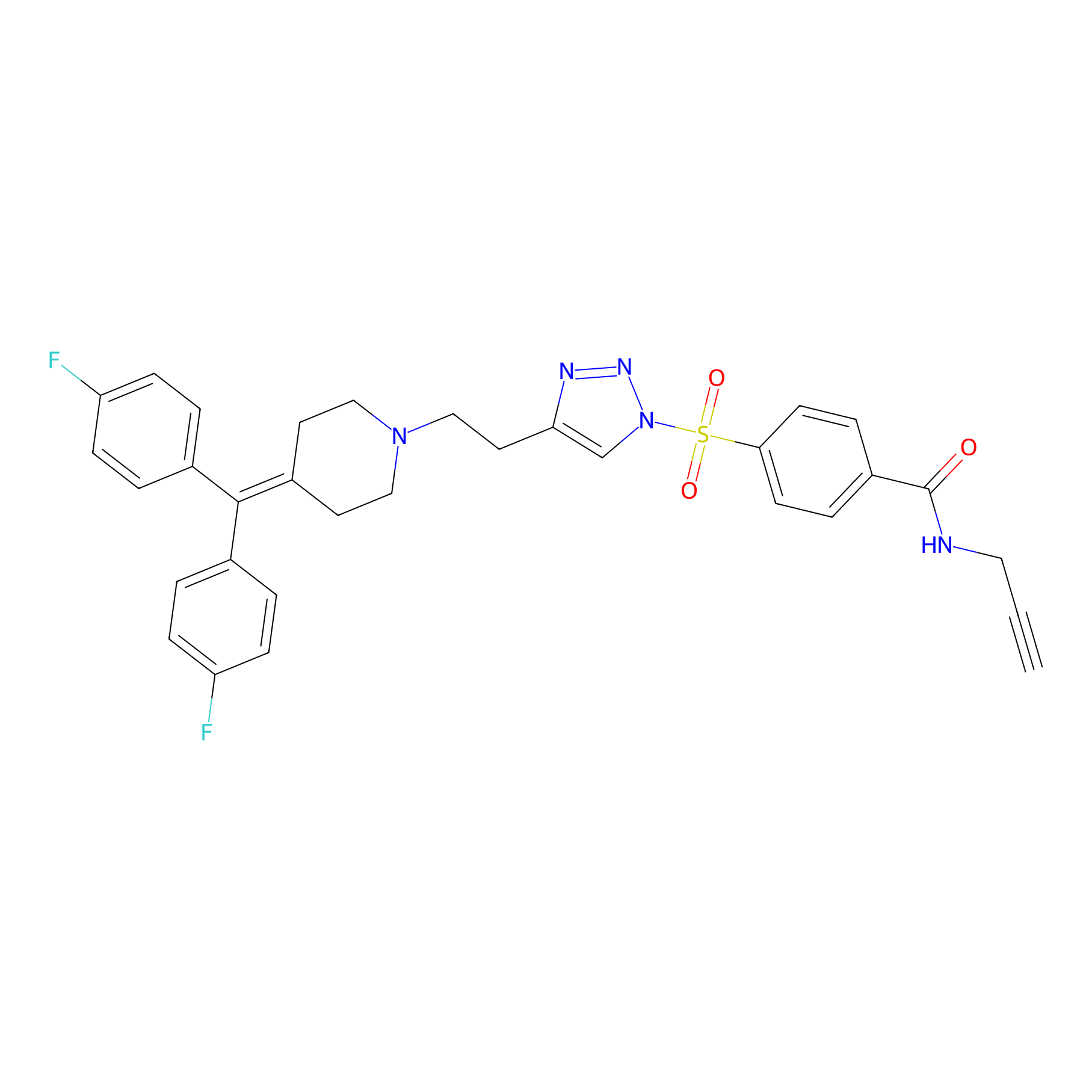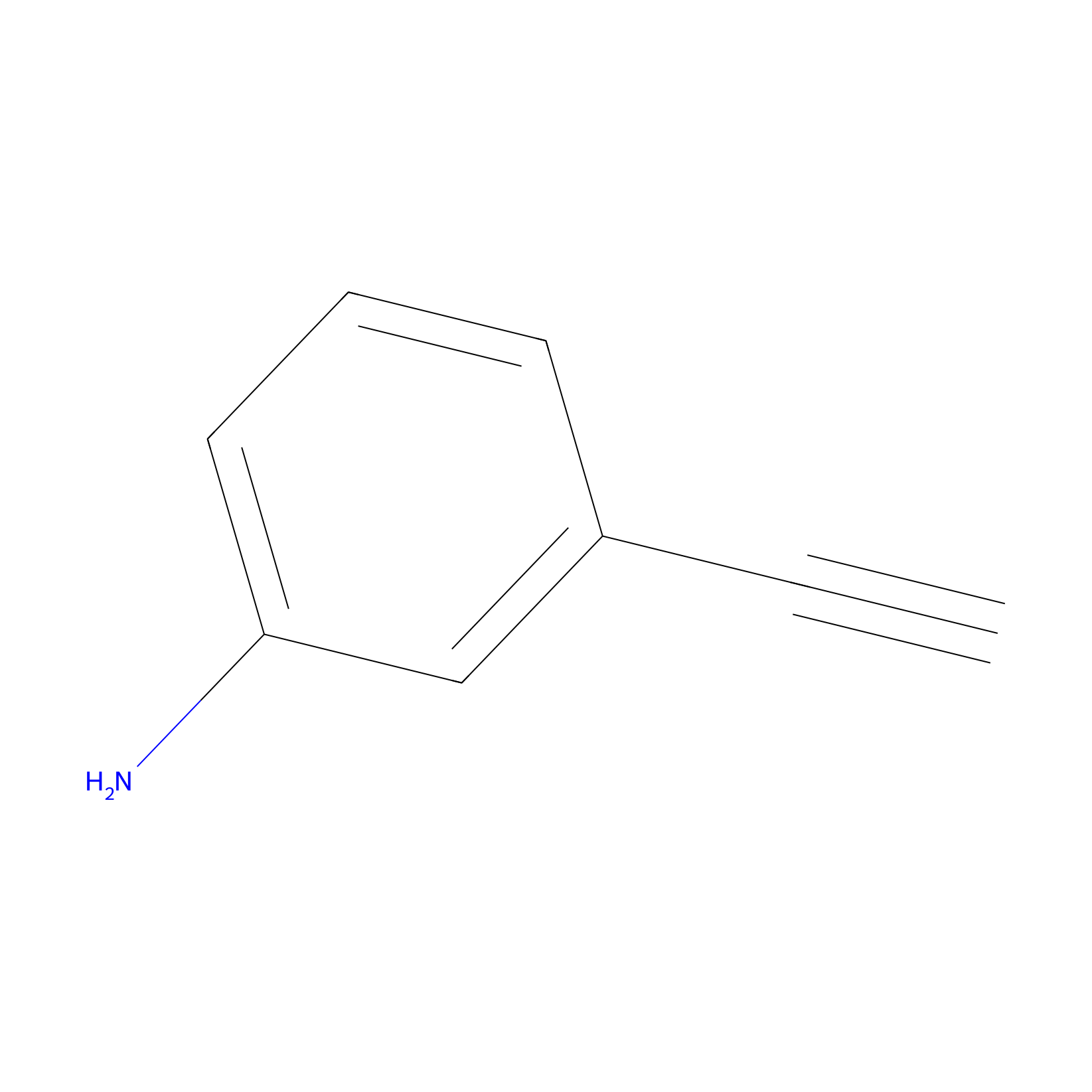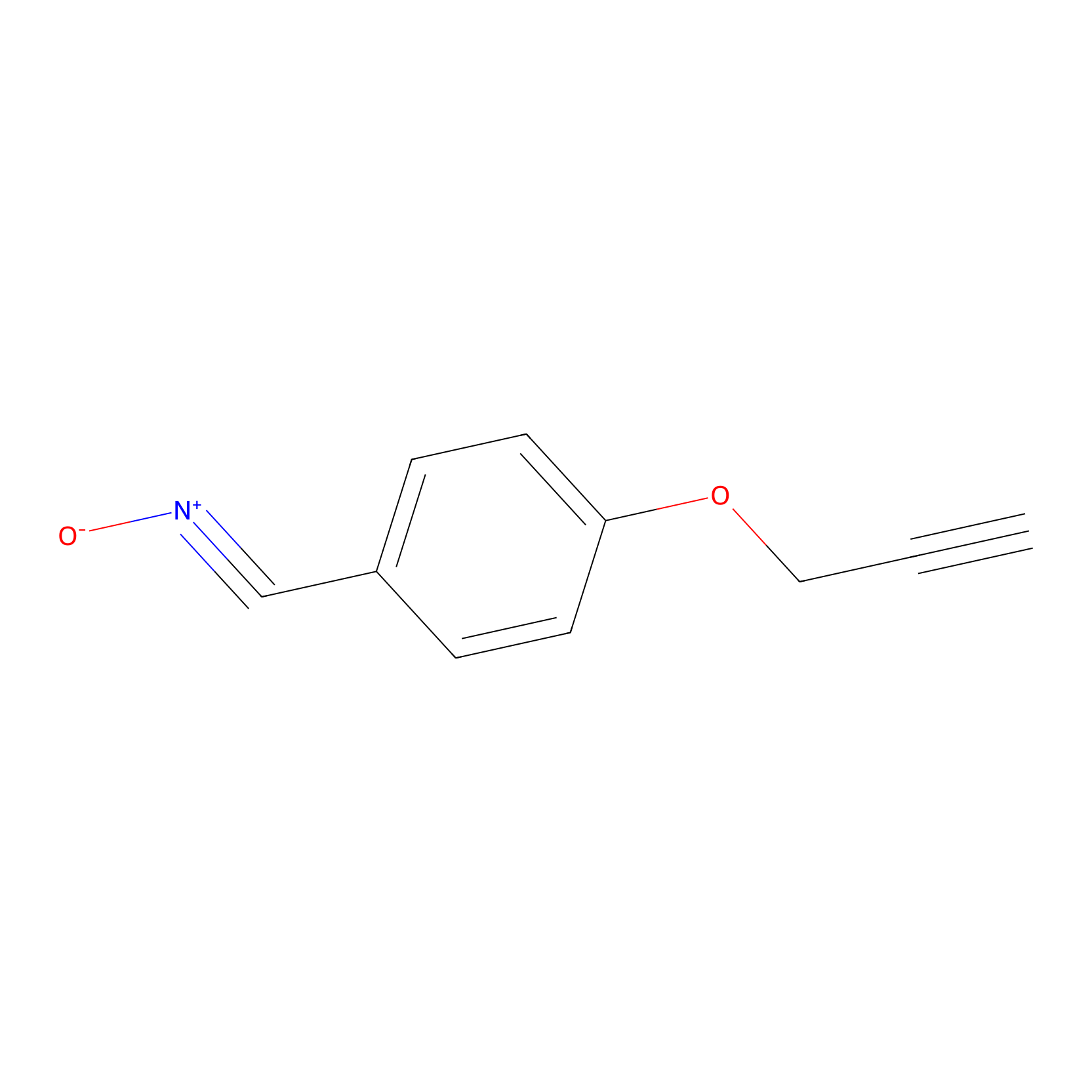Details of the Target
General Information of Target
| Target ID | LDTP14098 | |||||
|---|---|---|---|---|---|---|
| Target Name | RNA-binding protein 7 (RBM7) | |||||
| Gene Name | RBM7 | |||||
| Gene ID | 10179 | |||||
| Synonyms |
RNA-binding protein 7; RNA-binding motif protein 7 |
|||||
| 3D Structure | ||||||
| Sequence |
MEAVELARKLQEEATCSICLDYFTDPVMTTCGHNFCRACIQLSWEKARGKKGRRKRKGSF
PCPECREMSPQRNLLPNRLLTKVAEMAQQHPGLQKQDLCQEHHEPLKLFCQKDQSPICVV CRESREHRLHRVLPAEEAVQGYKLKLEEDMEYLREQITRTGNLQAREEQSLAEWQGKVKE RRERIVLEFEKMNLYLVEEEQRLLQALETEEEETASRLRESVACLDRQGHSLELLLLQLE ERSTQGPLQMLQDMKEPLSRKNNVSVQCPEVAPPTRPRTVCRVPGQIEVLRGFLEDVVPD ATSAYPYLLLYESRQRRYLGSSPEGSGFCSKDRFVAYPCAVGQTAFSSGRHYWEVGMNIT GDALWALGVCRDNVSRKDRVPKCPENGFWVVQLSKGTKYLSTFSALTPVMLMEPPSHMGI FLDFEAGEVSFYSVSDGSHLHTYSQATFPGPLQPFFCLGAPKSGQMVISTVTMWVKG |
|||||
| Target Bioclass |
Other
|
|||||
| Subcellular location |
Nucleus, nucleoplasm
|
|||||
| Function |
RNA-binding subunit of the trimeric nuclear exosome targeting (NEXT) complex, a complex that functions as an RNA exosome cofactor that directs a subset of non-coding short-lived RNAs for exosomal degradation. NEXT is involved in surveillance and turnover of aberrant transcripts and non-coding RNAs. Binds preferentially polyuridine sequences and associates with newly synthesized RNAs, including pre-mRNAs and short-lived exosome substrates such as promoter upstream transcripts (PROMPTs), enhancer RNAs (eRNAs), and 3'-extended products from small nuclear RNAs (snRNAs). Participates in several biological processes including DNA damage response (DDR) and stress response. During stress response, activation of the p38MAPK-MK2 pathway decreases RBM7-RNA-binding and subsequently the RNA exosome degradation activities, thereby modulating the turnover of non-coding transcriptome. Participates in DNA damage response (DDR), through its interaction with MEPCE and LARP7, the core subunits of 7SK snRNP complex, that release the positive transcription elongation factor b (P-TEFb) complex from the 7SK snRNP. In turn, activation of P-TEFb complex induces the transcription of P-TEFb-dependent DDR genes to promote cell viability.
|
|||||
| Uniprot ID | ||||||
| Ensemble ID | ||||||
| HGNC ID | ||||||
Probe(s) Labeling This Target
ABPP Probe
| Probe name | Structure | Binding Site(Ratio) | Interaction ID | Ref | |
|---|---|---|---|---|---|
|
TH211 Probe Info |
 |
Y219(20.00) | LDD0260 | [1] | |
|
m-APA Probe Info |
 |
N.A. | LDD2233 | [2] | |
|
W1 Probe Info |
 |
N.A. | LDD0236 | [3] | |
The Interaction Atlas With This Target
The Protein(s) Related To This Target
Other
References
